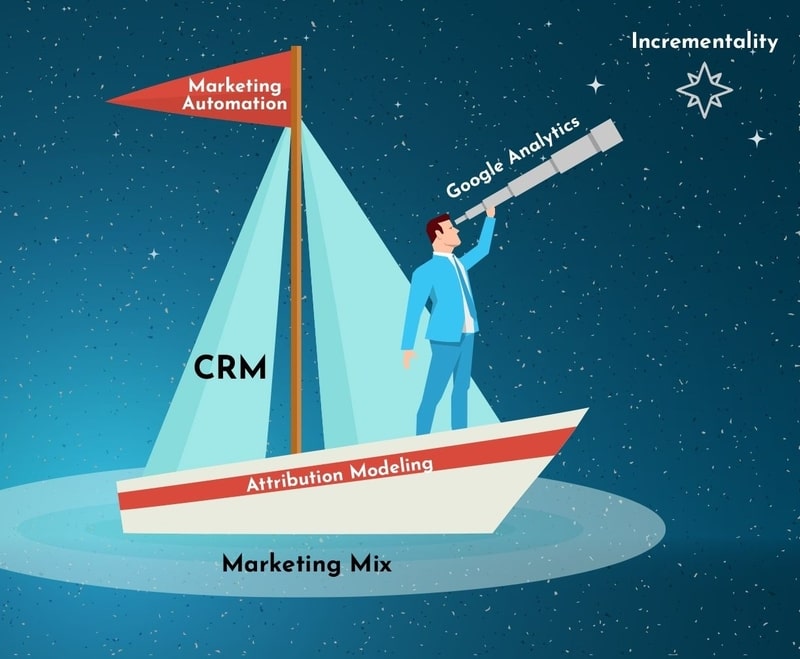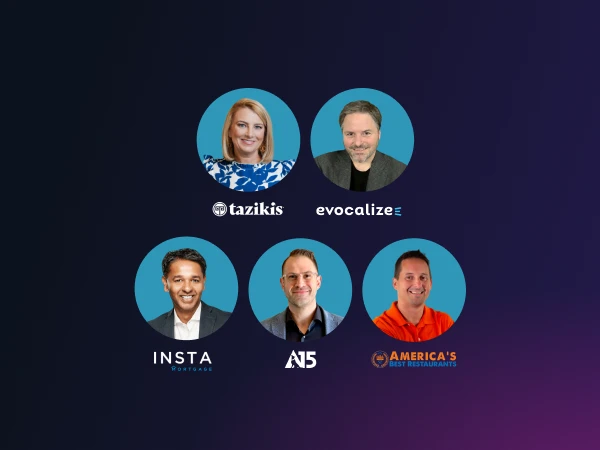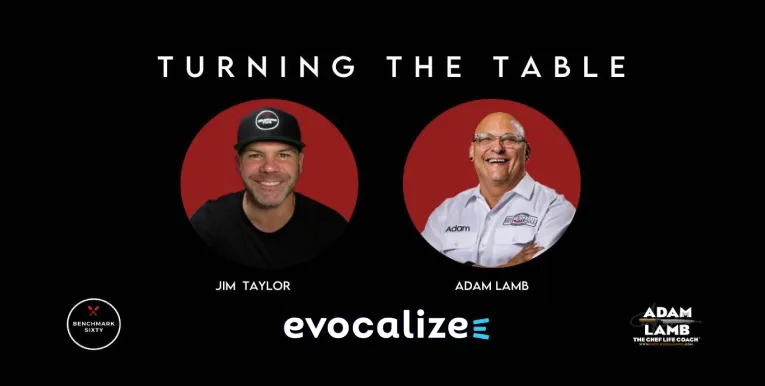
New changes coming to Order with Google button – What restaurants need to do now
Share
Schedule a 30-min marketing strategy call with our team
No more direct ordering with the Order with Google button
Google has recently announced a major update that impacts a key feature that local restaurants have relied heavily on – the ability for customers to order directly on Google. The Order with Google button that pops up prominently in Google Maps and Search when looking up a restaurant will soon no longer allow direct orders.
Instead, it will redirect users to third-party delivery providers or the restaurant’s own ordering system. These third-party sites include DoorDash, GrubHub, and Uber Eats.
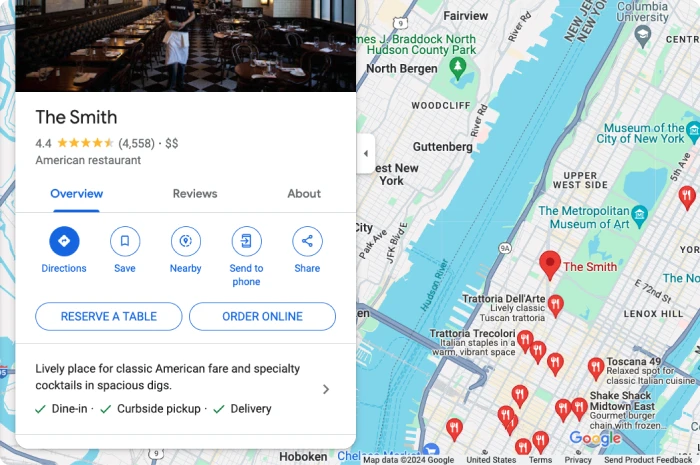
While this button made the process extremely convenient for hungry customers to order with just a few taps, Google will be unraveling this integration by the end of June 2024. Rather than serving as an all-in-one search and order conduit, Google will transition to focusing more on driving traffic to partners.
For local establishments who have benefited by receiving direct orders through Google and avoiding the steep fees of delivery aggregators, this change marks the end of an era. The exceptional convenience of search-to-order is going away. For customers, it adds additional steps before biting into that burger or taco they saw in their original search.
As a leader in online presence management and digital advertising for multi-location brands, Evocalize empathizes with local restaurants who have come to rely on Google’s direct order functionality. We understand the impact this will have on your business. In this blog, we break down exactly what local establishments should expect and how to adapt.
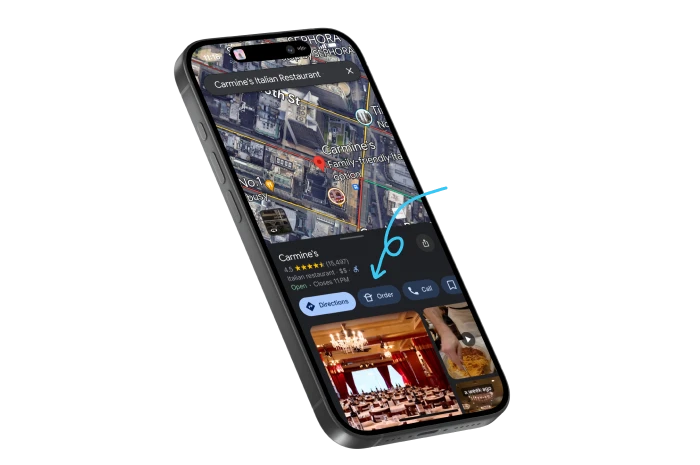
Why is Google removing the button?
Google’s decision to transition order integration on Search and Maps to external providers stems from both internal and external pressures. Publicly, Google states that driving users directly to restaurant ordering systems and delivery apps matches what consumers prefer.
Internally, Google likely found themselves stretched thin trying to handle the logistics of processing orders from end-to-end. It reduces costs for them to step back into more of a middleman role.
Externally, Google faced growing complaints about the Order with Google button from industry players:
- Smaller delivery apps criticized being boxed out from integration options that larger providers like DoorDash and GrubHub benefit from.
- Some restaurants felt order functionality gave too much away for free, allowing Google to facilitate transactions that depleted profit margins. Delivery aggregators that restaurants route orders through, for example, may take 20-30% cuts.
- A lawsuit alleged Google didn’t properly make clear to users that orders weren’t placed directly with restaurants, though it was eventually dismissed.
The combination of logistical strains, partner pressures, and legal scrutiny helped guide Google’s decision even as the Order with Google button achieved widespread usage since its 2018 launch. Transitioning to redirecting users introduces more choice on where the transaction finishes while allowing Google to continue benefitting from robust local search traffic.
What should local businesses should do now?
Google’s upcoming button changes understandably introduce uncertainty for local restaurants and shops that have benefited from direct orders. By mid-2024, new plans must be in place to accept and process online transactions initiated from Google searches.
Here are proactive steps local establishments should take leading up to and even after the Order with Google button changes:
Optimize your online assets
Having an effective proprietary online ordering system and restaurant website ready can help offset losing the Google integration. Make sure your digital assets are mobile-friendly, easy to navigate, and enable diners to quickly pay online. Ensure your website and Google My Business listing are up-to-date.
Streamline your own ordering process
Whether you handle orders internally or via a third-party app, ensure you have the staffing, technologies, and procedures to efficiently manage online order volume. Accuracy, promptness, and quality presentation still determine customer satisfaction. Offer incentives for customers to order directly, such as discounts or loyalty points.
Sign up with key delivery players
Joining major delivery apps like Uber Eats and DoorDash lets diners who click the Order with Google button still get your meals via a secondary provider. Despite steep fees, exposure still has significant value.
Advertise your offerings
Use social media to engage with your customers. Share updates, specials, and behind-the-scenes content to drive traffic to your ordering system. This is where services like Evocalize can greatly help by running localized digital ad campaigns that spotlight your business. Drive searches directly to your website and ordering links through paid channels.
The one-two punch of enhancing your assets while promoting them through targeted ads can effectively capture transaction momentum as Google steps back from direct orders. Partner with Evocalize to capitalize on this transition.
Adapt your online presence for the future
Google’s scaling back of its integrated search-to-order functionality marks the end of an era that dramatically shapes how local restaurants capture customers online. By redirecting its Order with Google button to third-party providers rather than directly facilitating transactions, an exceptionally convenient selling channel disappears for local establishments.
The good news is that Google will still be directing high-volume traffic to merchants. But the focus now falls more heavily on restaurants to convert interest into sales. For multi-location franchises, Evocalize offers the necessary online presence management and targeted advertising capabilities to help businesses thrive in a post-”Order with Google” world. Learn more about the Evocalize platform.
Share
Subscribe to our blog
Don’t miss a beat in the fast-changing local digital marketing landscape — sign up to stay ahead of the curve!


